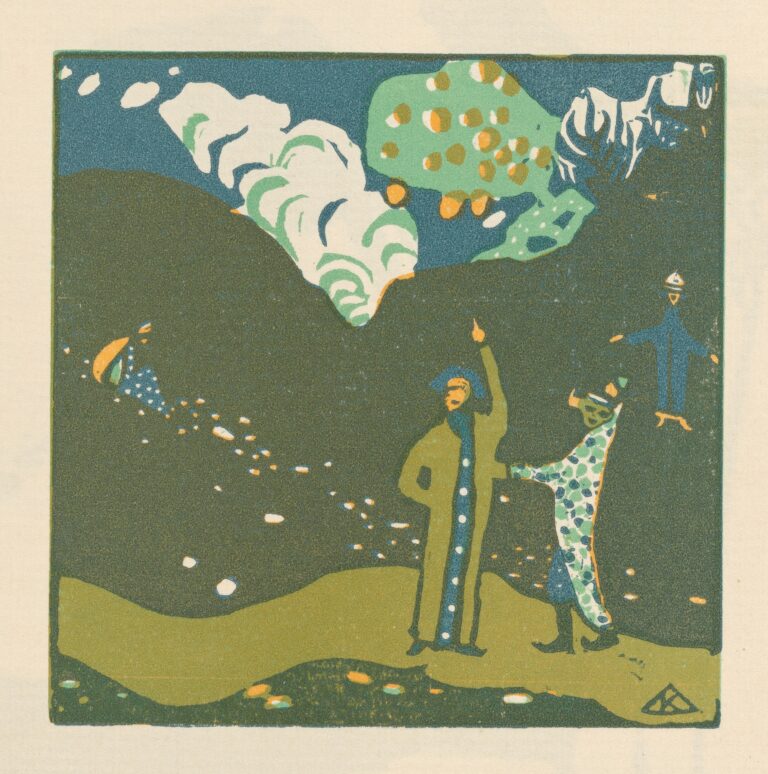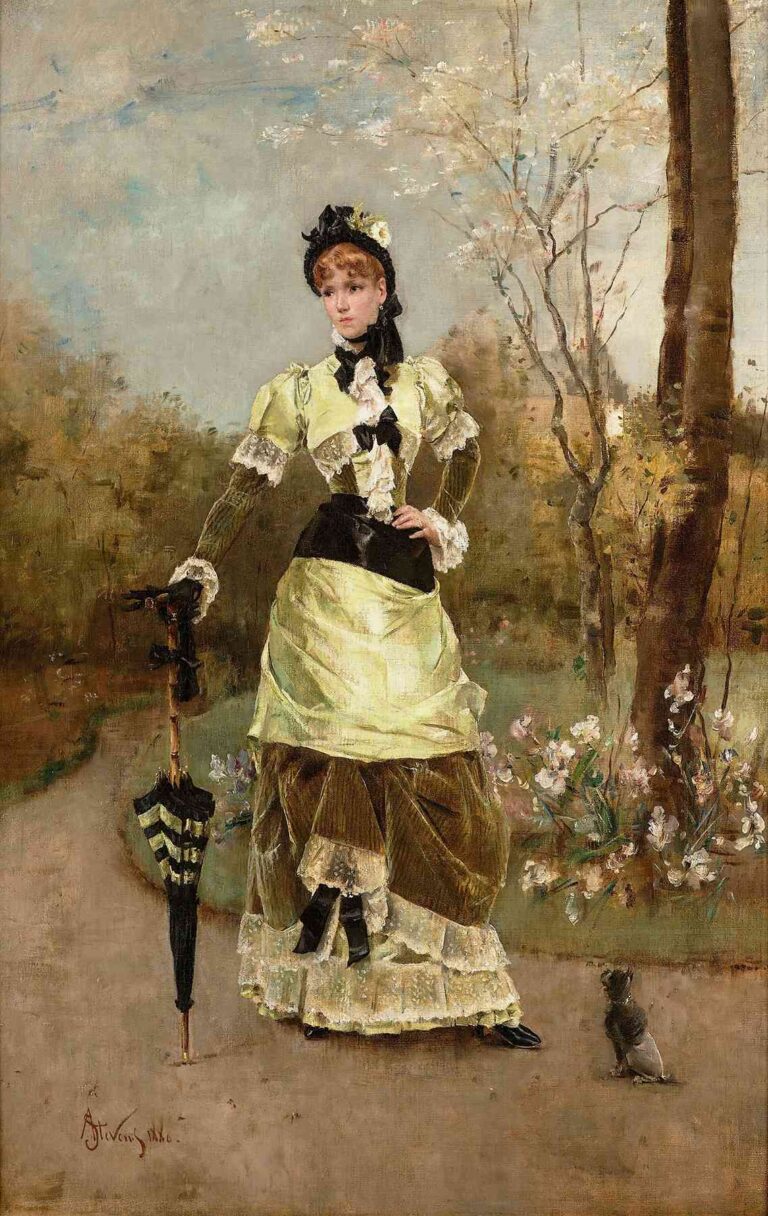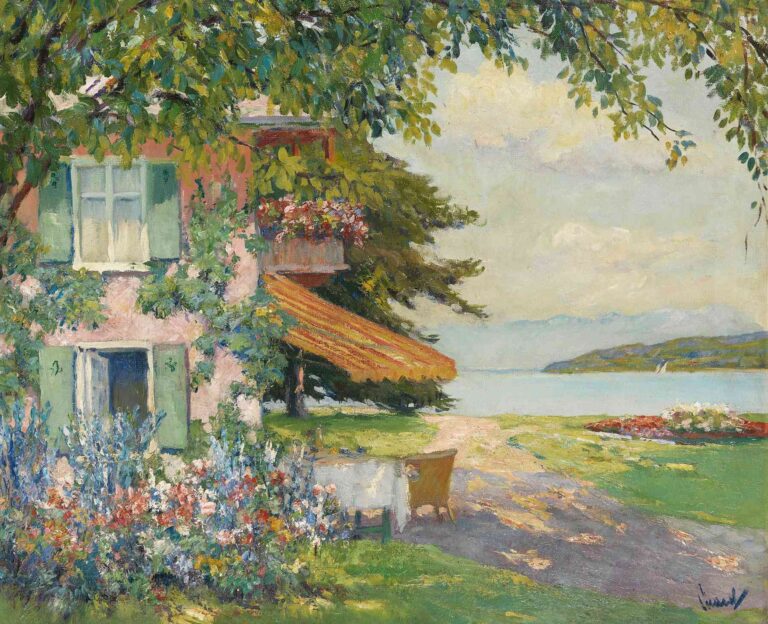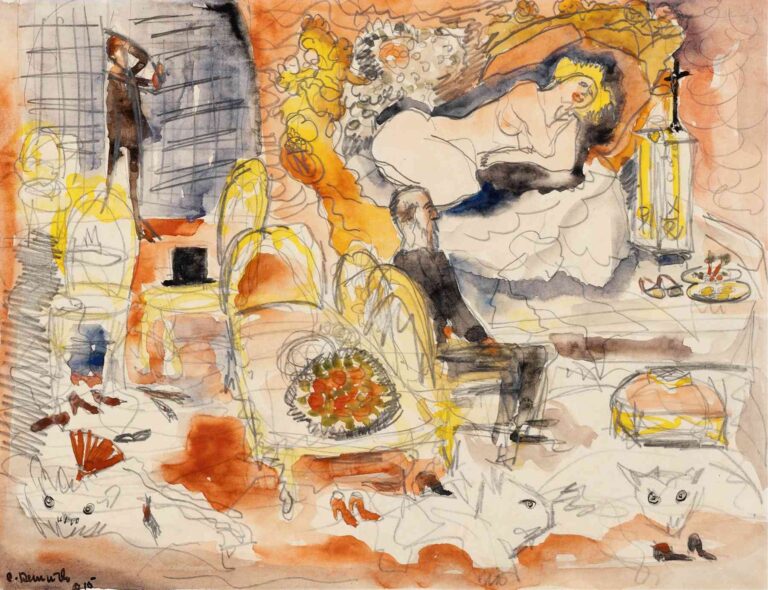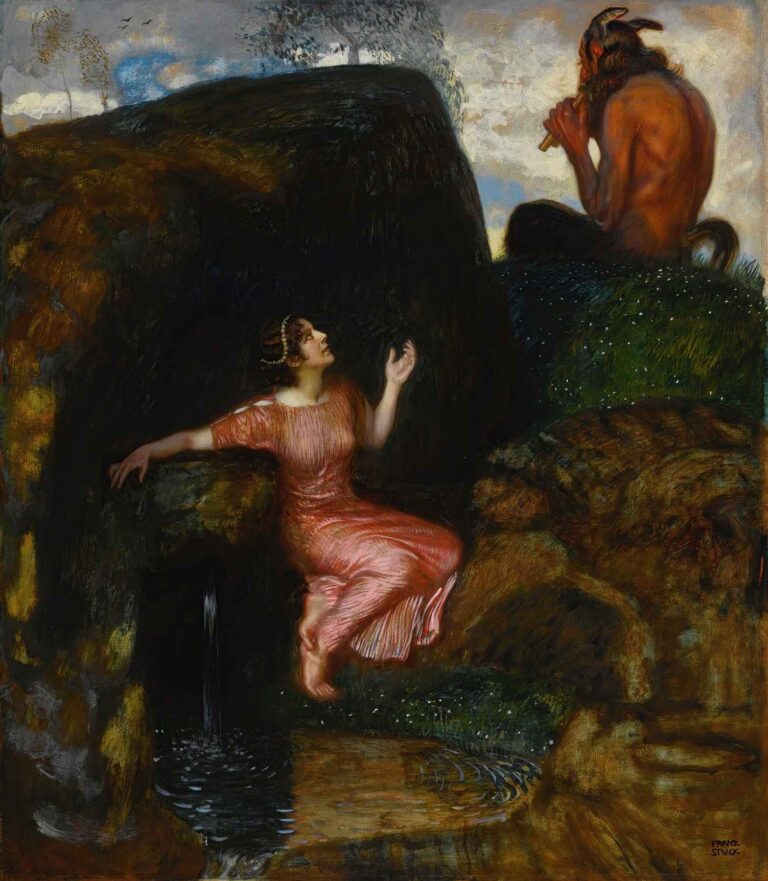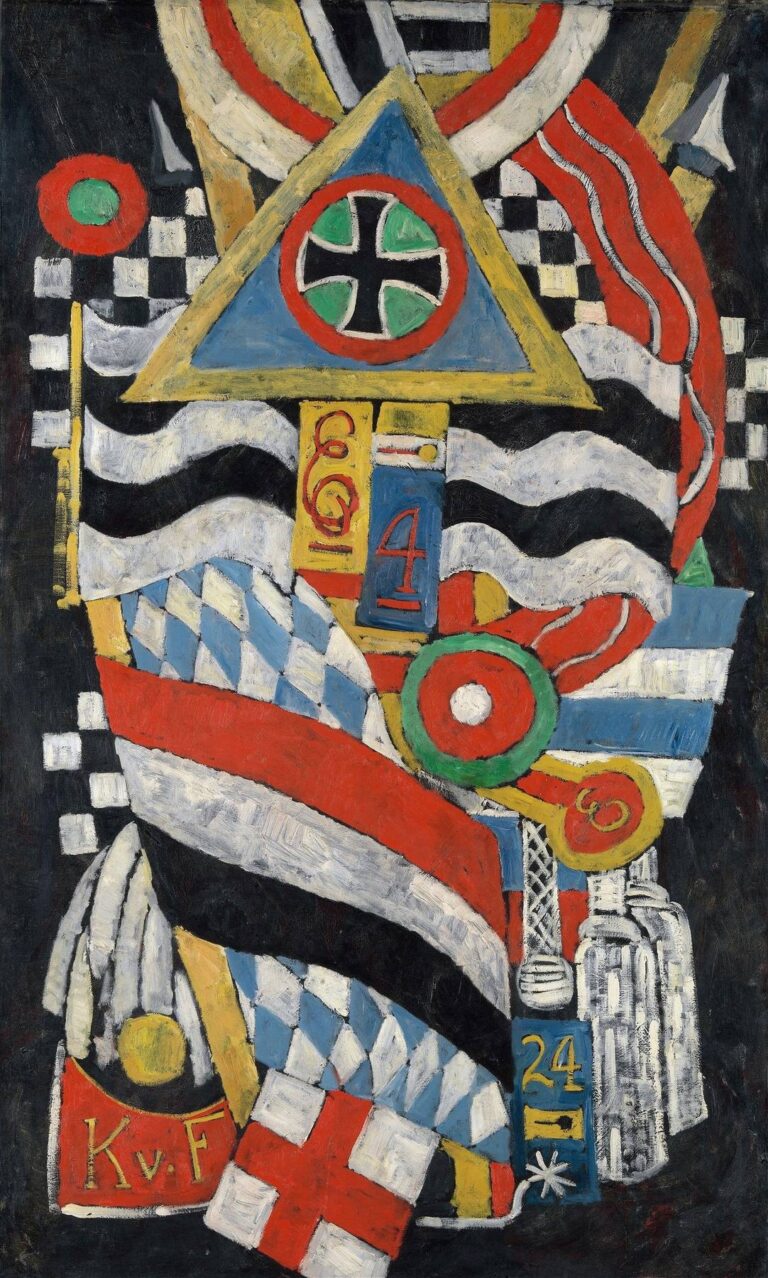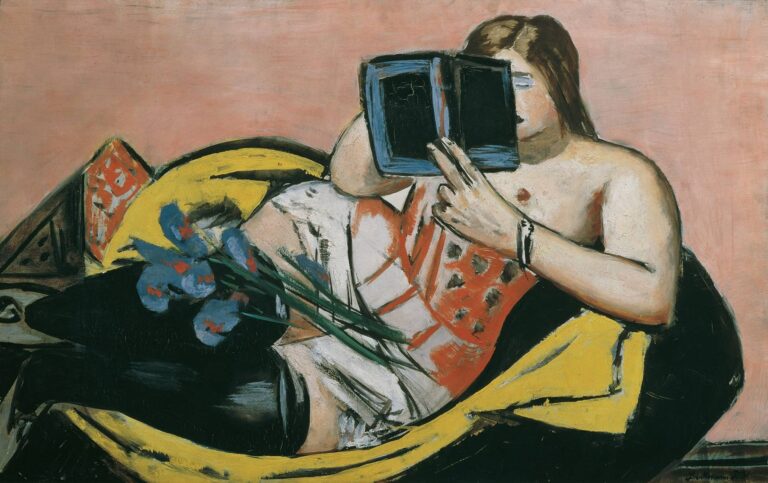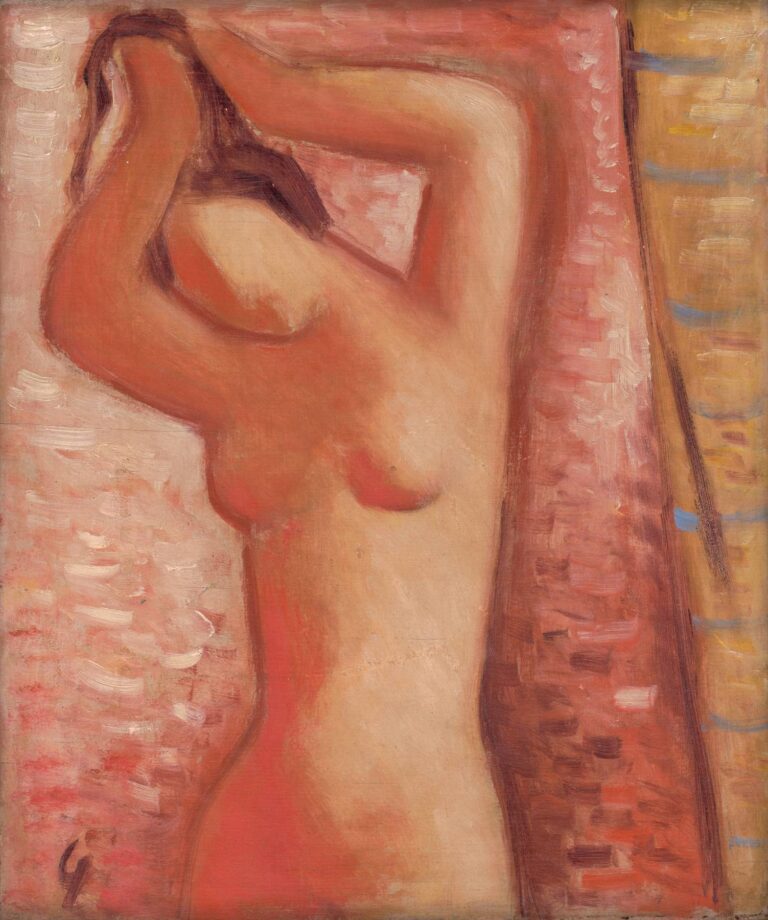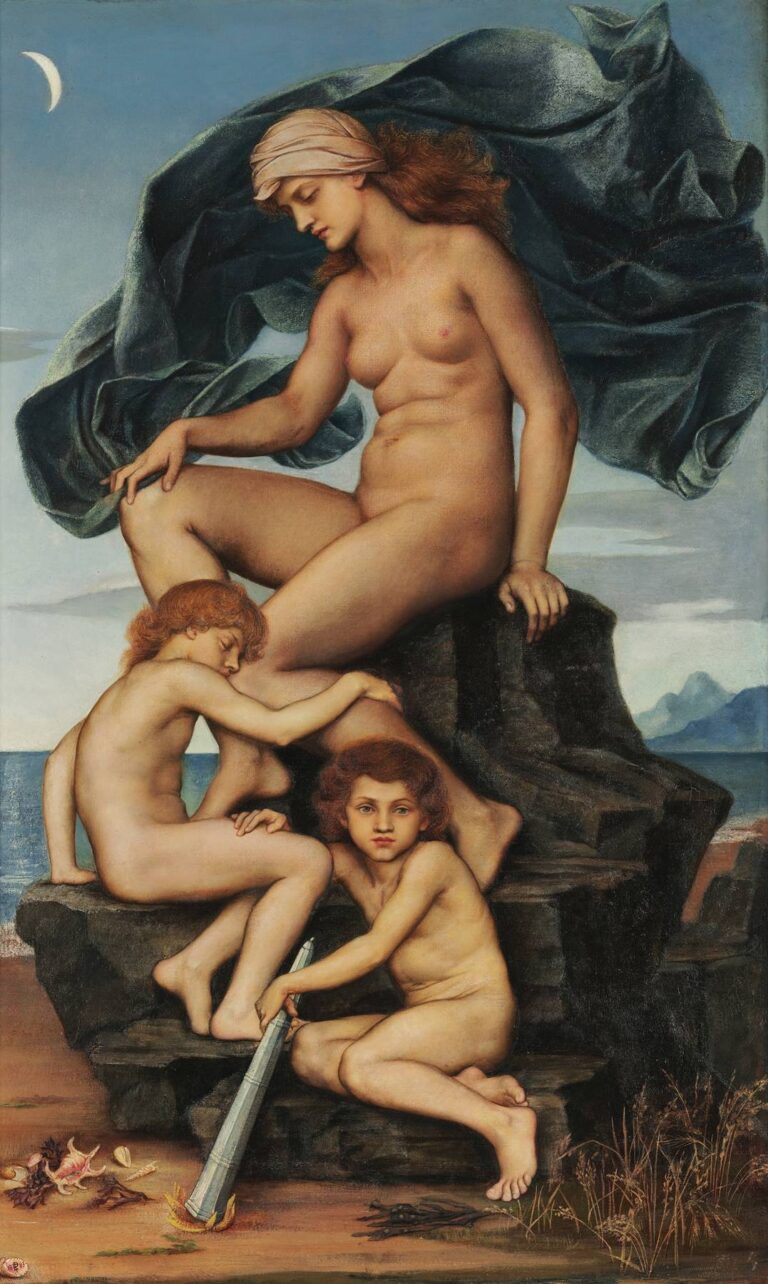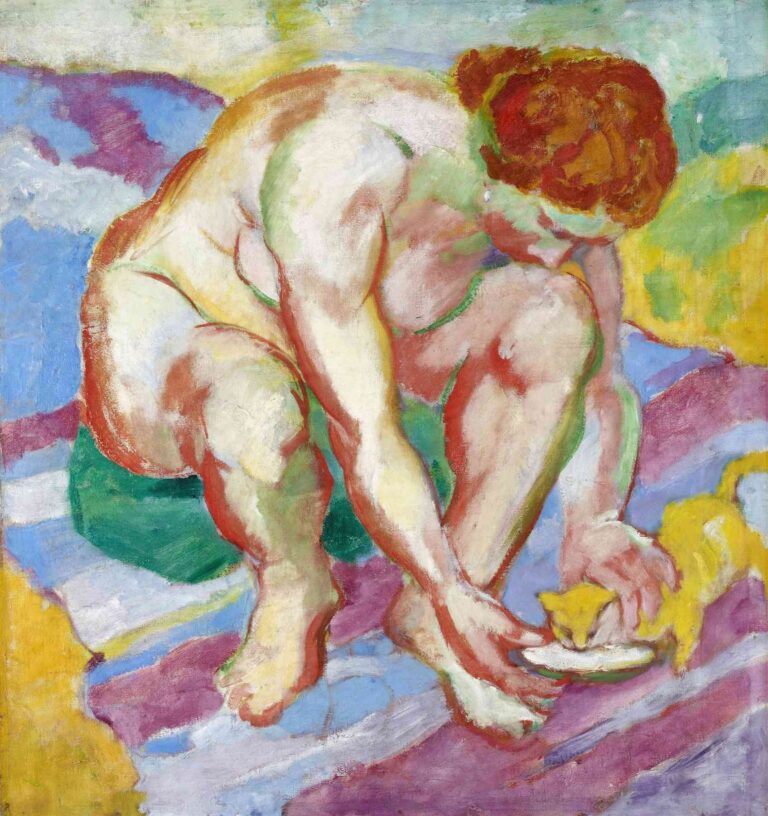
A Complete Analysis of “Nude with a Cat” by Franz Marc (1910)
Franz Marc’s “Nude with a Cat” (1910) presents an intimate, expressionist portrayal of a woman feeding a kitten. This analysis explores the painting’s color symbolism, composition, emotional tone, and its place in Marc’s artistic journey from figurative realism to spiritual abstraction.
